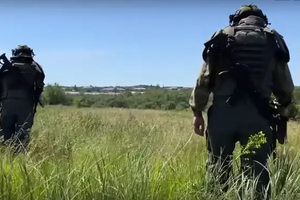In modern agriculture, GPS navigation on tractors has become an indispensable tool, complementing traditional agricultural methods. In winter, although it is not the season for main field work, the use of agricultural navigation has its relevance.
During the cold season, farmers actively involve GPS technologies in land preparation processes. Firstly, GPS systems make it possible to determine the geographical coordinates of field areas, optimize their structure and reduce the risk of erosion. Precise positioning of the tractor improves the processes of plowing and deep tillage.
An important element of using agricultural navigation in winter is preparing fields for the next season. A tractor equipped with GPS can perform precise manipulations when applying fertilizers and substances, improving the fertility of the land. This also includes creating accurate maps of soil characteristics, allowing for a differentiated approach to fertilization in the future.
The use of GPS-enabled precision agriculture has become a key factor in the efficiency of agricultural production. Farmers who use navigation and autopilots note improved soil quality, increased yields and optimized resource consumption.
A comparison of data between farms that use agricultural navigation and those that do not clearly demonstrates the benefit of the latter. GPS systems can reduce costs for fuel, seeds and fertilizers. Improved navigation also reduces operating time, resulting in more efficient use of machinery and equipment.
The payback of agronavigation in agriculture depends on various factors, including the size of the farm and the volume of use of the technology. However, many farmers see results already in the first years of use. Optimized processes, increased yields and reduced costs make GPS navigation an investment in the future of agriculture.

























